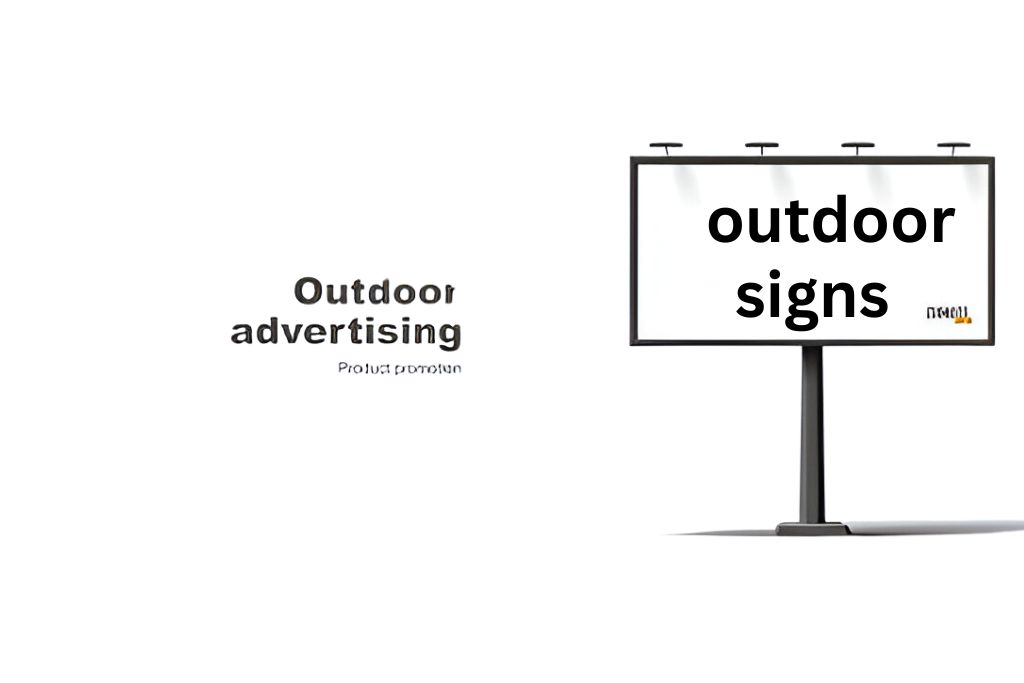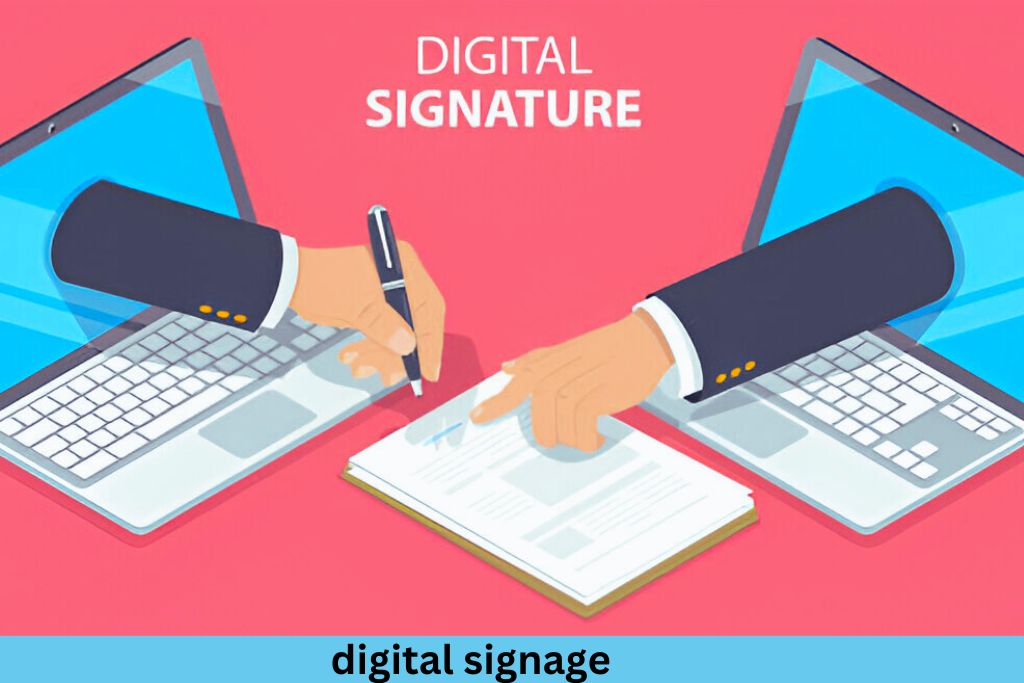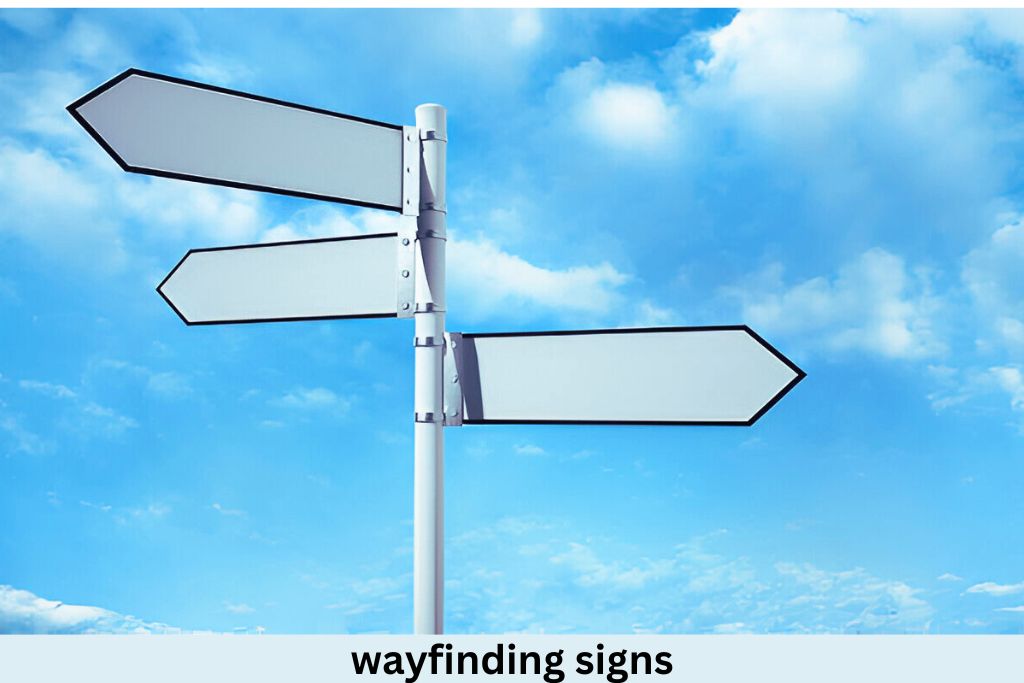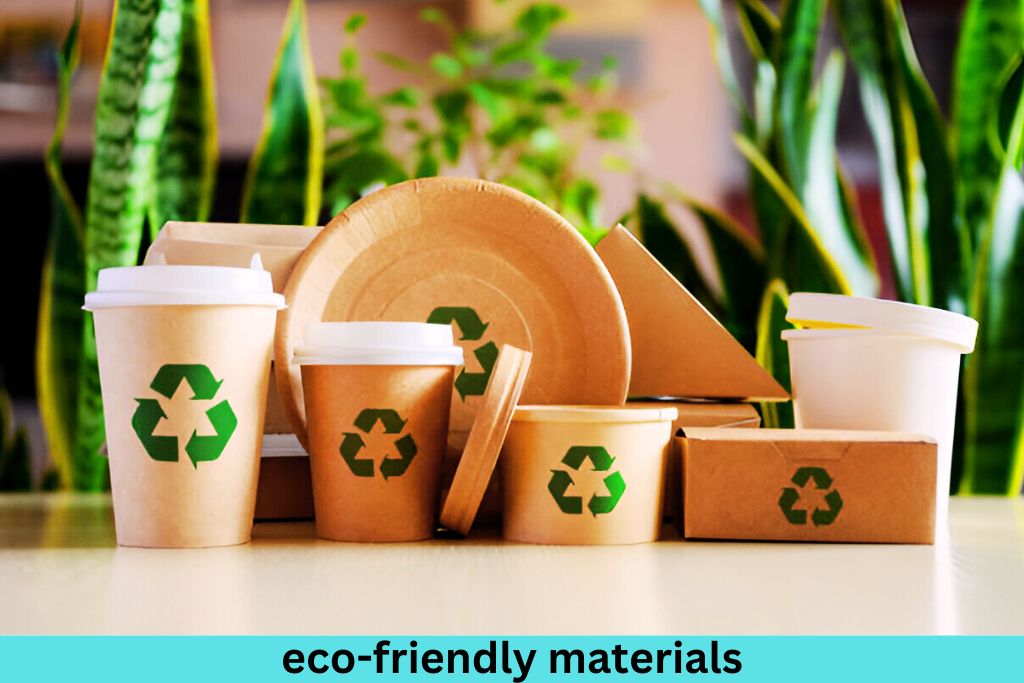Key Takeaways
| Key Element | Description |
| Types of Signs | Different types of signage serve distinct purposes in retail and public spaces. |
| Design Process | Customization, colors, and materials shape effective signage. |
| Technology | Digital signage, LED displays, and eco-friendly materials are shaping the future. |
| Business Application | Signs are powerful tools for branding and guiding customers in public spaces. |
| Sustainability | Eco-friendly materials are increasingly used in signage.. |
Types of Signs and Graphics
What are the different types of signs used in retail graphics?
Retail businesses rely on signs for communication and promotion. The main types of retail signs include promotional signage, wayfinding signs, and informational displays. Promotional signs draw customers in, while wayfinding signs guide them. Informational signs provide details about products or policies.
Retail signage often uses vinyl, acrylic, or LED displays. Vinyl is cost-effective, acrylic is durable, and LED displays offer dynamic, eye-catching messages. Material choice impacts a sign’s longevity and visibility based on its application.
How do outdoor and indoor signs differ in design and material?

Outdoor signs prioritize durability and visibility, often using waterproof vinyl, metal, and weatherproof acrylic. Indoor signs focus on aesthetics, made from lighter materials like banners or foam boards, blending with interior design while maintaining clarity.
For example, outdoor LED signs must endure weather but remain bright in all conditions, whereas indoor banners focus more on complementing the brand atmosphere.
Sign and Graphic Design Process
What are the key steps in creating custom signs and graphics?
Creating custom signs involves concept development, material selection, and design finalization. Businesses choose durable options like vinyl or cost-effective alternatives like foam. Designers use software like Adobe Illustrator or CorelDRAW to fine-tune color palettes and fonts, ensuring the final sign is impactful and aligned with the brand.
What role do colors play in the effectiveness of signs and graphics?
Colors evoke emotions and influence brand recognition. Warm colors like red create urgency, while cool colors like blue evoke calmness. High-contrast combinations like black on yellow improve visibility, especially for outdoor signs. The right color choice enhances the sign’s impact.
Signage Materials and Technology
What materials are best for long-lasting signs and graphics?
Sign longevity depends on materials. Vinyl is weather-resistant and affordable, ideal for short-term outdoor use. Acrylic and metal are durable, suited for long-term installations. Wood provides a rustic look but needs treatment for outdoor durability.
Businesses select materials based on location and lifespan. Metal suits permanent outdoor signs, while vinyl works for temporary events.
How is digital signage transforming traditional graphic design?

Digital signage allows businesses to showcase dynamic content and update messages in real-time. LED displays are used in retail, transportation hubs, and entertainment venues, reducing long-term costs by eliminating the need for frequent sign replacements. Interactive features like touch screens also enhance customer engagement.
Applications of Signs and Graphic
How do businesses use signs and graphics for branding?
Businesses use signs outdoor signs to communicate their identity, incorporating logos, brand colors, and fonts to reinforce recognition. A well-designed sign enhances brand visibility and customer experience. Consistency in visual elements across all signs builds a strong brand identity and increases customer loyalty.
What is the role of wayfinding signs in public spaces?
Wayfinding signs are essential in large public spaces like airports and malls. They guide users through clear directional indicators, maps, and symbols, ensuring navigation is easy regardless of language or literacy. These signs are designed for simplicity and clarity, helping people make quick decisions even in stressful environments.

Future of Signs and Graphics
What are the latest trends in sign and graphic technology?
AR, 3D printing, and eco-friendly materials are reshaping signage design and sustainability. AR allows customers to experience interactive content through smartphones, while 3D printing opens possibilities for customized, intricate designs.
How are eco-friendly materials being used in modern signage?
Sustainability is a growing factor in signage. Companies are using recycled plastics, biodegradable vinyl, and other eco-friendly alternatives. Though they come with higher upfront costs, they are seen as investments in both the environment and brand reputation.

Conclusion
Signs and graphics play a vital role in environments like retail and public spaces. With advancements in technology and sustainability, businesses have more opportunities to create impactful and responsible signage. The future will emphasize digital and eco-friendly solutions, offering flexibility and environmental benefits.
Call to Action
To stay competitive, businesses should explore digital signage trends and the benefits of eco-friendly materials. Investing in well-designed signs that reflect a company’s identity will engage customers and build long-term loyalty. Embrace the future by incorporating innovative and sustainable solutions into your business today.
Creative Sign Design Ideas — Get inspired by unique sign design ideas that will make your business stand out.
PVC Banner Printing — Learn why PVC banners are an affordable and durable option for promoting your business.
Affordable Banners for Your Business — Discover cost-effective banner solutions that don’t compromise on quality.
Vehicle Graphics and Car Wraps — Turn your vehicle into a mobile advertisement with custom graphics and wraps.
Outdoor Business Signs — Find out how outdoor signage can boost your brand’s visibility in high-traffic areas.
Digital Signage Services — Learn how digital signage can revolutionize your marketing strategy with dynamic, real-time displays.
